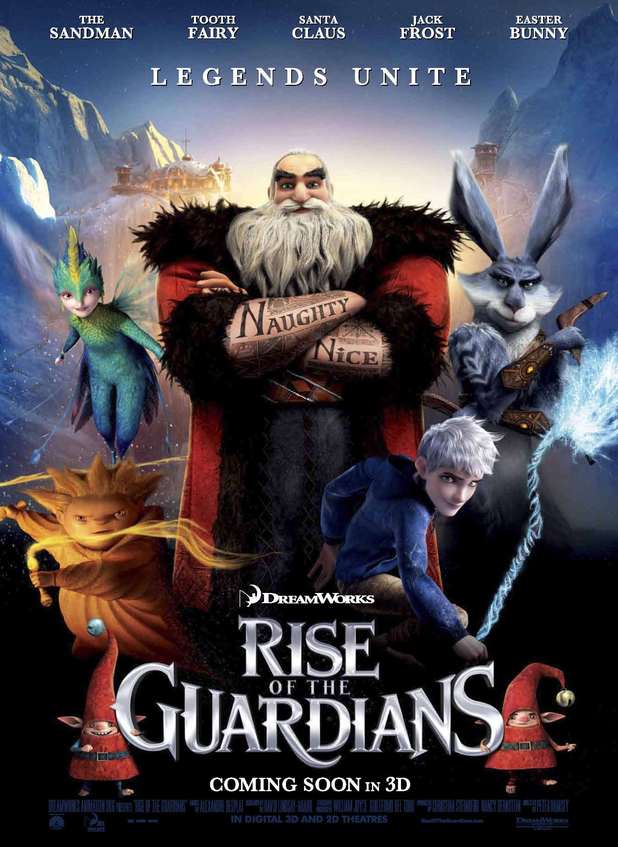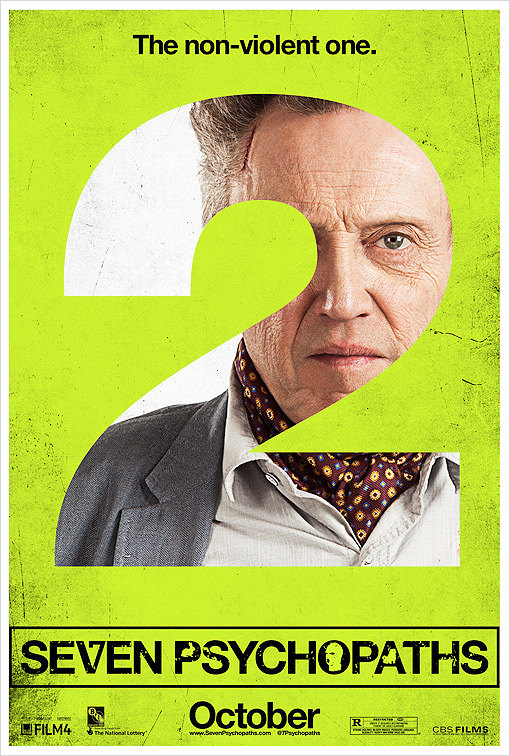North Conway may not be Broadway, but we are blessed with three theater companies, Arts in Motion, M&D Productions and the Mount Washington Valley Theatre Company which put on productions ranging from good to excellent. The last year proved to be a bountiful year of theater.
Arts in Motion
Arts in Motion started the year off with an elaborate production of "Peter Pan" featuring two different Peters, Natasha Repass and Taylor Hill, who traded off playing the role between performances, and Paul Allen as a flamboyantly over-the-top Captain Hook.
In April, Arts in Motion presented "The Last Romance" at the Whitney Center and at Denmark Arts Center in Denmark, Maine. This one-weekend production directed by Mary Bastoni-Rebmann explored the transformational power of love. In May, there was "MOMologues," a show just in time for Mother's Day that presented a wide range of universal mom situations. In August, the kid-friendly "Charlotte's Web," and in November the special 20th anniversary original production "Shake, Rattle and Roll."
Arts in Motion's big summer show was a lively production of "Little Shop of Horrors." Director Barbara Spofford got fine performances out of the cast with Chris Madura standing out in the lead role of Seymour Krelbourn. Madura brought the nerdiness of the character across, but also managed to be a confident stage presence with a commanding singing voice.
Throughout the year, Mary Bastoni-Rebmann continued her children's theater workshops, week-long excursions into all aspects of theater, which concluded with a final performance at the end of the week.
In 2012, Arts in Motion Theater Company did fewer big long-running stage productions, but were still active in the community by collaborating with local businesses to create special events. In September, the company once again collaborated with Mount Washington Auto Road for the speakeasy casino night. In October, they teamed with Conway Scenic Railroad to put on the "Murder Mystery Dinner Train." and joined Settlers' Green to create Zombie Village, an evening that included a zombie walk, a "Thriller" flash mob and other undead antics.
M&D Productions
M&D's 2012 season, started off with the company taking their second crack at "Glengarry Glen Ross," David Mamet's look at the dark side of real estate salesmen. The production, directed by Dennis O'Neil, featured strong performances throughout. Of the stellar cast the standouts were Scott Katrycz as the loud-mouth schemer Dave Moss and Ken Martin as Shelly Levene, a man who is barely holding onto his dignity.
April's "Burn This" was an intelligent, funny and heartbreaking exploration of what it means to lose someone and the good that can come up out of the pain. Eric Jordan, normally a reliably hilarious comic relief actor, revealed previously untapped dramatic acting chops. It was an emotional raw, subtle and unpredictable performance.
The theme of confronting loss continued in May with "To Gillian on Her 34th Birthday," which focused on a weekend gathering of friends and family on the anniversary of the titular Gillian's death two years earlier. Katrycz played Gillian's husband and gave a well balanced and controlled performance that never felt maudlin. He was matched by naturalistic performances by Jessie Biggio as his daughter and Janette Kondrat as his opinionated, but caring sister-in-law. Rob Clark provided scene-stealing comic relief.
July's "Lie of the Mind," Sam Shepard's exploration of the repercussions and the self-perpetuating nature of abuse, was one of M&D's strangest, darkest, and most emotional raw productions. Kondrat gave a heart-wrenching performance as woman suffering brain damage after an attack from her jealous husband (Brian Chamberlain). Everyone in the strong ensemble cast, which included Daniel Otero, Bill Knolla, Stacy Sand and Kate Gustafson, got their moment to shine, but Christina Howe revealed previously unseen depths as an actress playing a woman full of bitter hatred and venomous vengeance.
After the intensity of "Lie of the Mind," M&D went 180-degrees in the opposite direction with August's "The Real Inspector Hound," Tom Stoppard's parody of the mystery genre. The show was fast paced, quick witted, lighthearted fun with the game ensemble cast which featured Kevin O'Neil, Martin, Jordan, Karen Gustafson, Kondrat, Knolla, Andrew Brosnan and Jane Duggan giving gleeful broad performances.
In September, M&D Productions put on "An Evening of Broadway," a collection of Broadway songs featuring standards and new soon-to-be classics. The event was a showcase for the valley's numerous exceptional singers of all ages including Polly Valiant, Megan Perrin, Ashley Iwans, Shana Myers, Kelly Karuzis, Shelly Morin and others.
October's "Halpern and Johnson," a thoughtful and funny rumination on life and love, offered a fine showcase for two actors. In the title roles, Russo and David H. Bownes play two older gentlemen, who come to find out that they both loved the same woman. It is show driven by dialogue and the strength of its two actors. Russo and Bownes both gave compelling and honest performances.
In November, M&D put on the stellar musical "Next to Normal," an exploration of the rippling influence of mental illness on a family. Holly Reville, as a mother struggling with bi-polar disorder, powerfully portrayed her character's fears and confusion. Reville shares several heartbreaking scenes with Eric Andrews as her husband, Troy Barboza as her son and Molly Paven as her daughter.
M&D ended out the year with a short, but sweet adaptation of "How the Grinch Stole Christmas" featuring Stacy Sand gloriously hamming it up as the Grinch.
Mount Washington Valley Theatre Company
"Sister Amnesia's Country Western Nunsense Jamboree," the third installment in Dan Goggin's popular "Nunsense" kicked off the Mount Washington Valley Theatre Company's 42nd season. The "Nunsense" series which features a group of singing, joke-cracking nuns from Hoboken, N.J., may be musical theater at its laziest, but at least the Mount Washington Valley Theatre's production was put on with high energy and well sung by an amicable cast. The best of the cast was Jennifer Lauren Brown as a tough talking nun from Brooklyn. Her sassy attitude shined brightly in songs like "A Cowgirl from Canarsie."
The company's fantastic ensemble also enlivened "The 25th Annual Putnam County Spelling Bee," a one-act musical comedy centered on six quirky adolescents participating in a spelling bee overseen by three eccentric adults. The show's songs are upbeat and fun, but it is the characterizations in "Spelling Bee" that stand out the most. Once again it was Brown who left the most lasting impression with the surprisingly heartwrenching "The I Love You Song."
"Stop the World, I Want to Get Off," a dated relic from 1961, concluded the season. This is a show that while featuring some lovely songs by Leslie Bricusse and Anthony Newley including "What Kind of Fool Am I" also runs rampant with sexist humor. Still, the stellar ensemble was able to rise above the material. Andy Lindberg, who appeared in the infamous pie-eating contest scene in the film "Stand By Me," starred as the philandering cad Littlechap. Lindberg had a powerful set of pipes and an easy-going likeable stage presence, despite his character's often deplorable actions. Hillary Parker was fun and funny playing the multiple roles of all of Littlechap's conquests.
Although, "Stop the World," concluded the season it was "Man of La Mancha" that stood as the strongest production of the 2012 season. Based on Miguel de Cervantes's classic 17th century novel "Don Quixote," "Man of La Mancha," uses a story frame in which a fictionalized version of Cervantes tells the story of Don Quixote in a prison during the Spanish Inquisition. Larry Daggett was tremendous in the dual role of Cervantes and Quixote. He was able to make both characters distinct. His Quixote is full of bravado and performed with a Shakespearean quality. Daggett's rich and powerful voice helped to make the show's most famous song, "The Impossible Dream" memorably moving.
 "Jack Reacher" opens with a shooter making preparations to go on a shooting spree. We are forced to see through the shooter's scope as he picks off five people in a crowd. This would be difficult to see in any context, but given the recent school shooting in Connecticut it is particularly rough to watch.
"Jack Reacher" opens with a shooter making preparations to go on a shooting spree. We are forced to see through the shooter's scope as he picks off five people in a crowd. This would be difficult to see in any context, but given the recent school shooting in Connecticut it is particularly rough to watch. Director Peter Jackson returns to J.R.R. Tolkien's Middle Earth for "The Hobbit: An Unexpected Journey," the first of a new trilogy following the adventures of the hobbit Bilbo Baggins, the wizard Gandalf and a merry band of dwarfs.
Director Peter Jackson returns to J.R.R. Tolkien's Middle Earth for "The Hobbit: An Unexpected Journey," the first of a new trilogy following the adventures of the hobbit Bilbo Baggins, the wizard Gandalf and a merry band of dwarfs. Every holiday season there is at least one new Christmas-themed family movie released into theaters. Lately, these films tend to have a hip or revisionist take on the Santa Claus mythology. This year is no different with "The Rise of Guardians" presenting Santa as a member of an Avengers-esque super group of mythic childhood figures.
Every holiday season there is at least one new Christmas-themed family movie released into theaters. Lately, these films tend to have a hip or revisionist take on the Santa Claus mythology. This year is no different with "The Rise of Guardians" presenting Santa as a member of an Avengers-esque super group of mythic childhood figures. Director Ang Lee's "Life of Pi," based on the popular book by Yann Martel, is an extraordinary visual experience with some of the most beautiful images to appear in a film in this or any other year.
Director Ang Lee's "Life of Pi," based on the popular book by Yann Martel, is an extraordinary visual experience with some of the most beautiful images to appear in a film in this or any other year. "James Bond turns 50 with "Skyfall," Daniel Craig's third appearance as the British super spy. It is a smashing 007 adventure with thrills, laughs, pathos and plenty of knowing nods to Bond's past.
"James Bond turns 50 with "Skyfall," Daniel Craig's third appearance as the British super spy. It is a smashing 007 adventure with thrills, laughs, pathos and plenty of knowing nods to Bond's past. "Seven Psychopaths" is not for everyone. It features some gruesome visuals not for the faint of heart. It is vulgar and violent, but also morbidly funny and philosophical.
"Seven Psychopaths" is not for everyone. It features some gruesome visuals not for the faint of heart. It is vulgar and violent, but also morbidly funny and philosophical. Based on a true story is often a dubious statement. Many films make that claim and take a kernel of truth and expand it to the point of being a mere shadow of reality. In "Argo," Ben Affleck's third film as a director, some liberties are taken in telling an obscure bit of history, but the most absurd elements are the parts that 100 percent true.
Based on a true story is often a dubious statement. Many films make that claim and take a kernel of truth and expand it to the point of being a mere shadow of reality. In "Argo," Ben Affleck's third film as a director, some liberties are taken in telling an obscure bit of history, but the most absurd elements are the parts that 100 percent true. "Arsenic and Old Lace" is one of funniest movies ever made. Directed by Frank Capra from adaptation by Julius J. Epstein and Philip G. Epstein of Joseph Kesselring's play, the film is a perfect pairing of inspired looniness with macabre humor.
"Arsenic and Old Lace" is one of funniest movies ever made. Directed by Frank Capra from adaptation by Julius J. Epstein and Philip G. Epstein of Joseph Kesselring's play, the film is a perfect pairing of inspired looniness with macabre humor. Writer/director Rian Johnson's "Looper" is a tricky film to discuss. It is a densely packed piece of science fiction with intricate layers. Once you understand the film's logic, it is easy to follow. In terms of the characters' objectives, the plot is simple and direct, but to explain it in too great of detail ruins the numerous surprises the film has to offer.
Writer/director Rian Johnson's "Looper" is a tricky film to discuss. It is a densely packed piece of science fiction with intricate layers. Once you understand the film's logic, it is easy to follow. In terms of the characters' objectives, the plot is simple and direct, but to explain it in too great of detail ruins the numerous surprises the film has to offer.